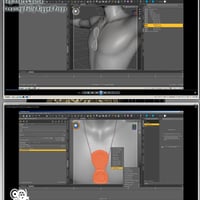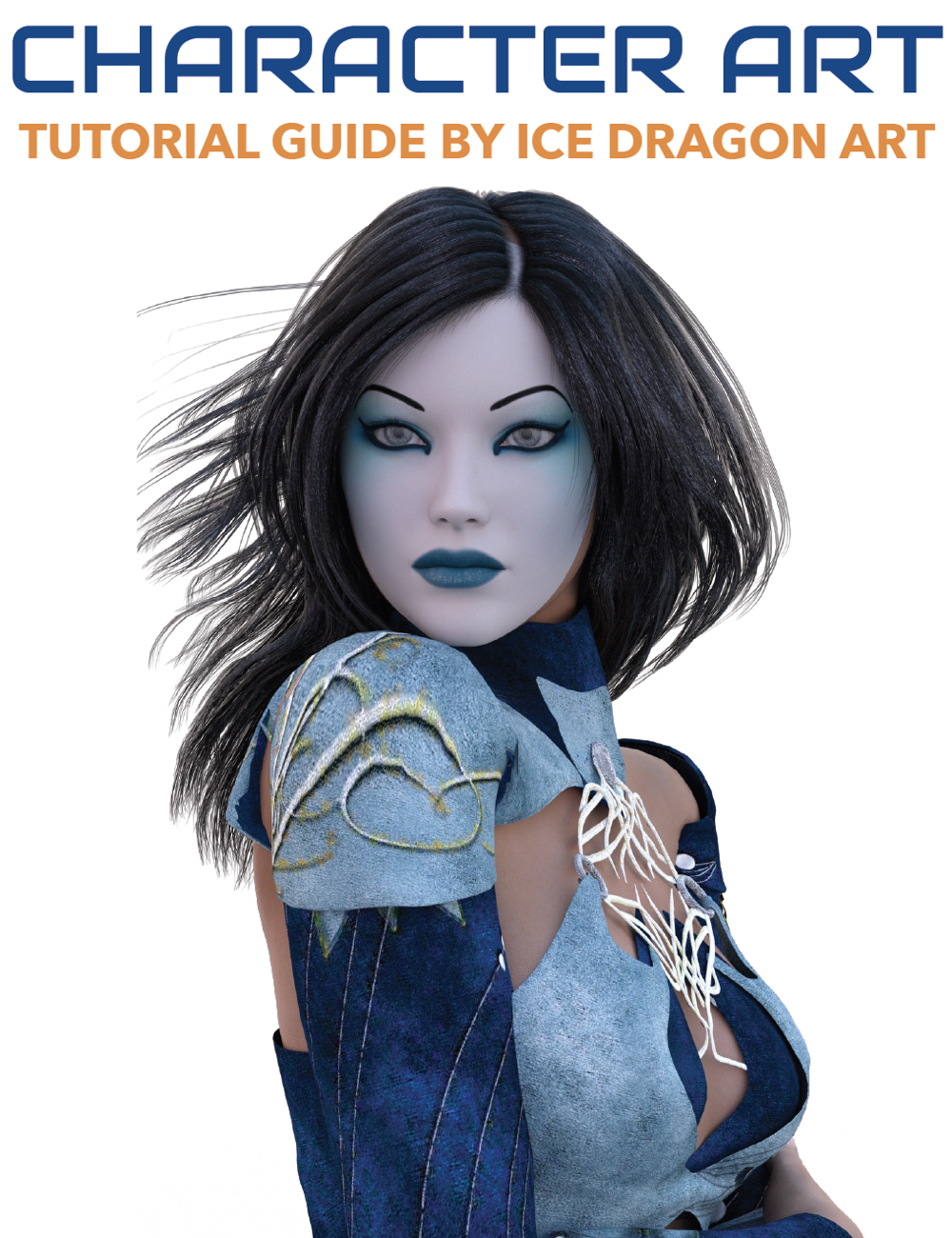


Since I'm using Water Washable Resin, I just need water. Sometimes it's very difficult to check if a small part is a support or not. Prints are very fragile because there are not yet completely solidified. Removing supports can be very tricky, we wouldn't break small parts of minis and be sure there are no supports left. Time to remove the build plate and the resin tank.,The remaining resin should be returned to the bottle, minis removed from the build plate and we have to clean everything with paper towel and water.,Next steps are the longest and most important. I remove the cover and we can already notice if all 3 minis are on build plate (when a print fails the solidified resin can be stuck to the bottom (the FEP film). During the print, you'll be able to see the image of each layer currently being printed.Now you can do anything else and you just need to wait After the printAfter 3 hours and 34 minutes (more than estimated time) the file has been printed I'll check if all minis were successfully printed. A progress bar will be displayed as well as the estimation time to print the file (3h14m), the elapsed time and the number of the current layer. Fill only 2 to 3 mm in the tank (it's enough for 3 minis) and close the bottle.,Put back the tank to the printer, screw the screws at both sides, put the cover back and power on the printer.,Use menu to lower the build plate, insert the USB key, select the file to print and click on the start button. I'm using Water Washable Resin because it's simpler to wash and slightly less dangerous (we don't need Isopropyl Alcohol to clean it). Then I can save a CTB file that will be used by the printer and copy it on a USB key., Before to printFirst remove the cover of the printer, unscrew the screws at both sides of the resin tank and remove it.,Then it's better to clean the tank just before starting a new print (with water and paper towel) to be sure there is no traces on the FEP film which could alter the print.,Don't forget to wear a mask and gloves (because liquid resin is dangerous). I import all STL files I want to print (two I made myself and another one I purchased), change their orientation and add supports.
#Daz 3d tutorials for beginners software
Usually I'm fixing errors with Sculpt tools.For hair, I'm using Solidify (Mode Simple, Thickness 2 mm, Offset 1), Decimate (Ratio 0.3) and Subdivision modifiers.Then, I can change the scale of the mini, I'm applying a 0.23 ratio, and add a base (I'm using one I purchased with other minis).Finally, I export the whole scene to STL., Preparing the final file in slicing softwareThe STL file can't be printed directly with SLA (resin) printers, I need to use a "slicer" software that will generate B&W images for each layer to print.I'm using Chitubox that is included with the printer (an Elegoo Mars Pro). It allows to add thickness, smooth and simplify it enough to print. After posing the character, I simulated tunic and hair (it's the reason I couldn't thicken them before).Once your character is ready to be printed, export it to OBJ with default parameters., Improving the geometry for printingNow I have to add thickness for parts that weren't possible in previous step.For the tunic, I'm using Solidify (Mode Simple, Thickness 2 mm, Offset 0.5), Subdivision, Remesh (Voxel, Voxel Size 0.3 mm), Subdivition (again) and Decimate (Ratio 0.1) modifiers. I had to create some of them in Blender (not covered in this tutorial).Marina's tunic was created in Marvelous Designer, belt, armbands and boots in Blender. I'm using the same products/items as for renders, however I enabled morphs to enlarge thinnest parts like eyes, nose, mouth, fingers, etc. Creating and posing the miniThe first step is to model or sculpt the character.


 0 kommentar(er)
0 kommentar(er)
